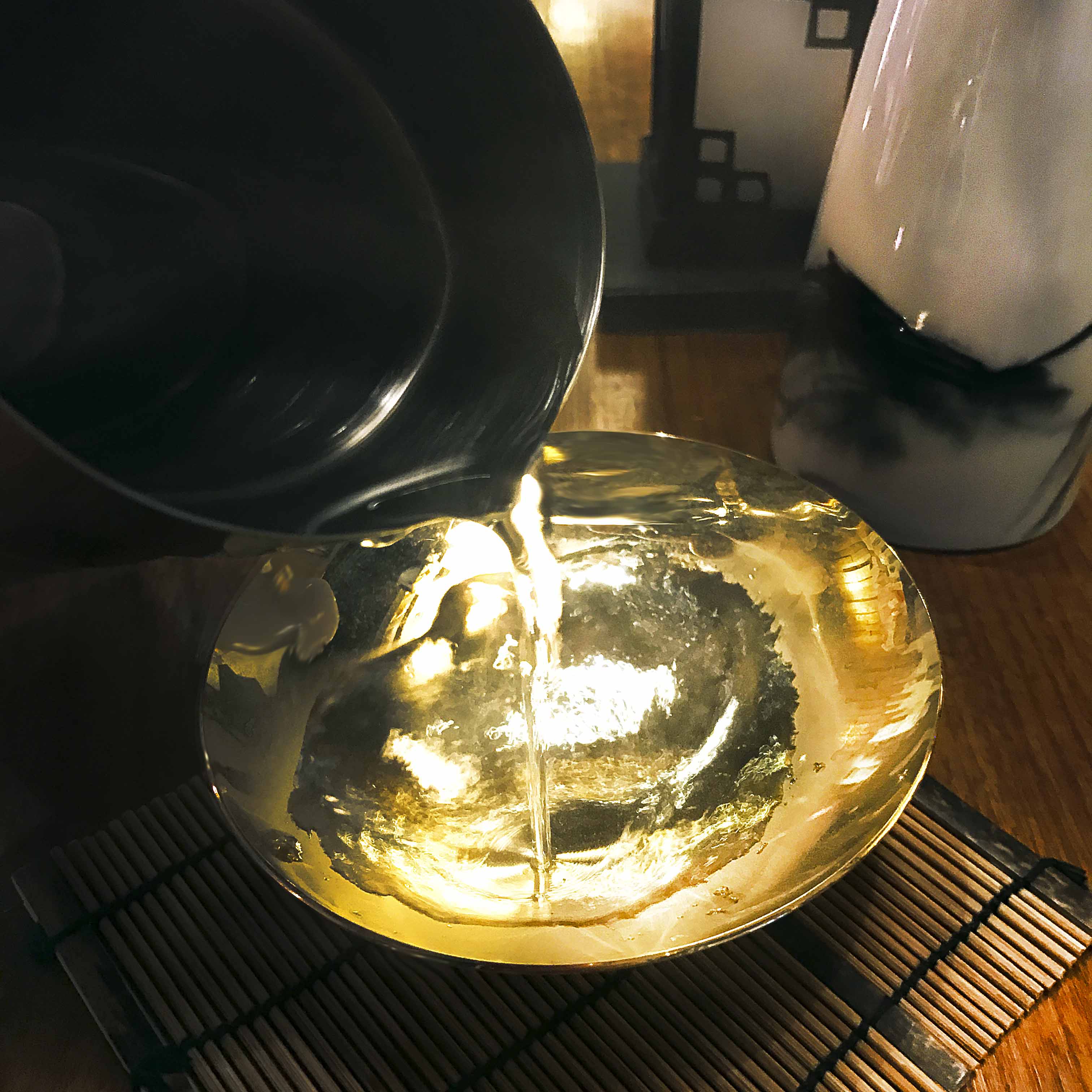 You've probably heard it said that only low-grade Sakes (Futsushu, Junmaishu, Honjozo) should be served warm. But this isn't always the case! At Shukuu, we've pushed the boundaries of what we were told and have since discovered that many high-grade Sakes are particularly enjoyable when drank warm.
You've probably heard it said that only low-grade Sakes (Futsushu, Junmaishu, Honjozo) should be served warm. But this isn't always the case! At Shukuu, we've pushed the boundaries of what we were told and have since discovered that many high-grade Sakes are particularly enjoyable when drank warm.
Sake was traditionally served warm. In the early days, Cedar tanks were used for brewing, giving Sake a woodier and rougher taste. Also known as Taru-zake, heating the Sake ensured that its less refined characteristics were masked. It was only about 40 years ago, with new technologies that incorporated new strains of yeast and metal equipment, that Sake began carrying more delicate fragrances and softer profiles. With these advances, it is true that heating a high-grade Sake may destroy the flavours that were painstakingly made. Hence, let us help you to determine which kind of Sake (regardless of grade) can be enjoyed warm!
Here are some tasting tips by Shukuu: